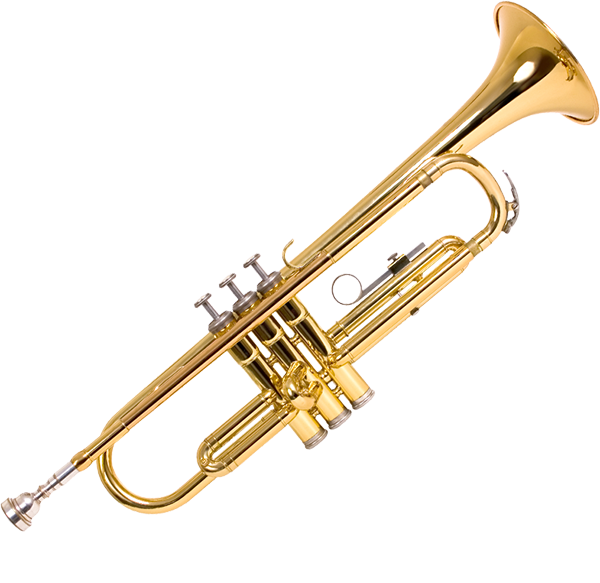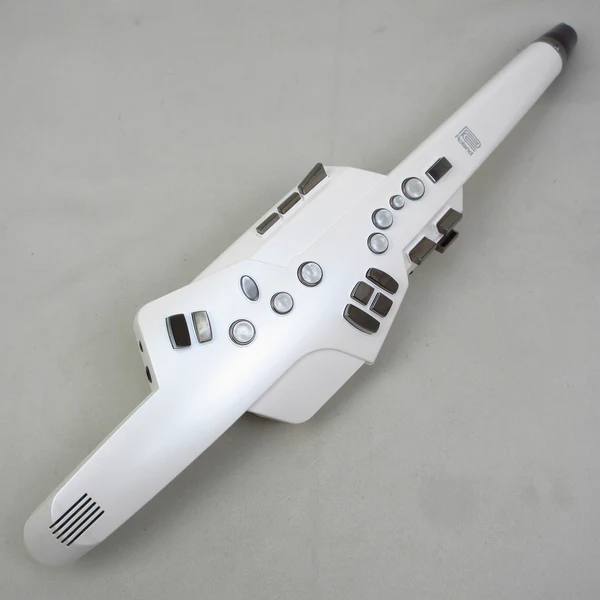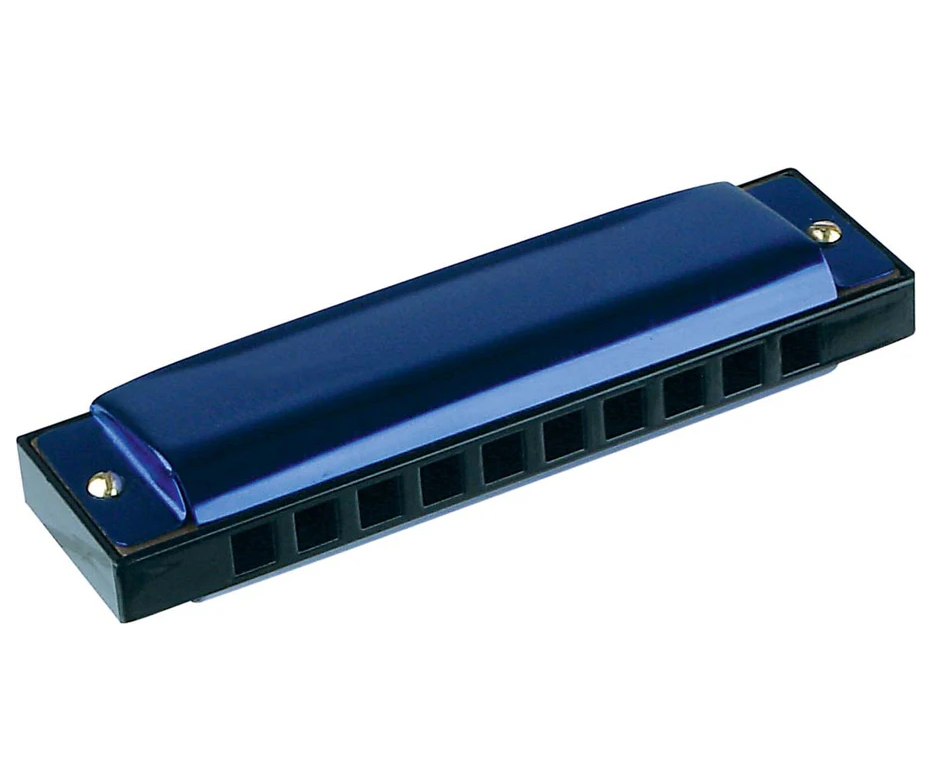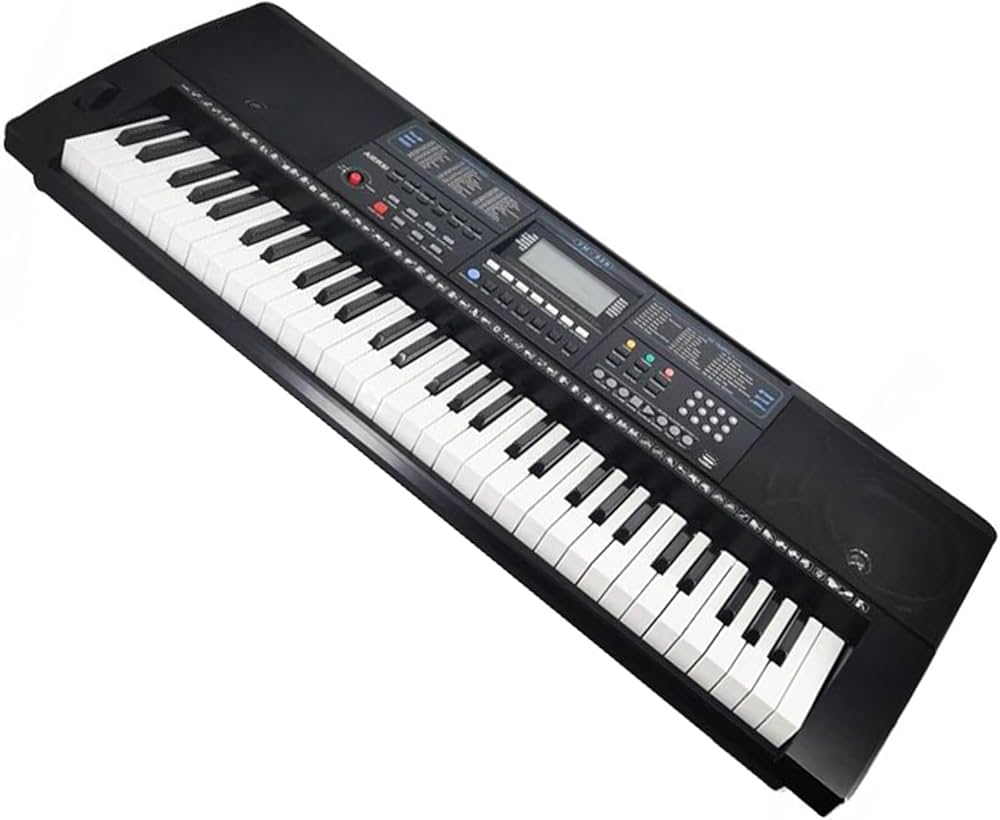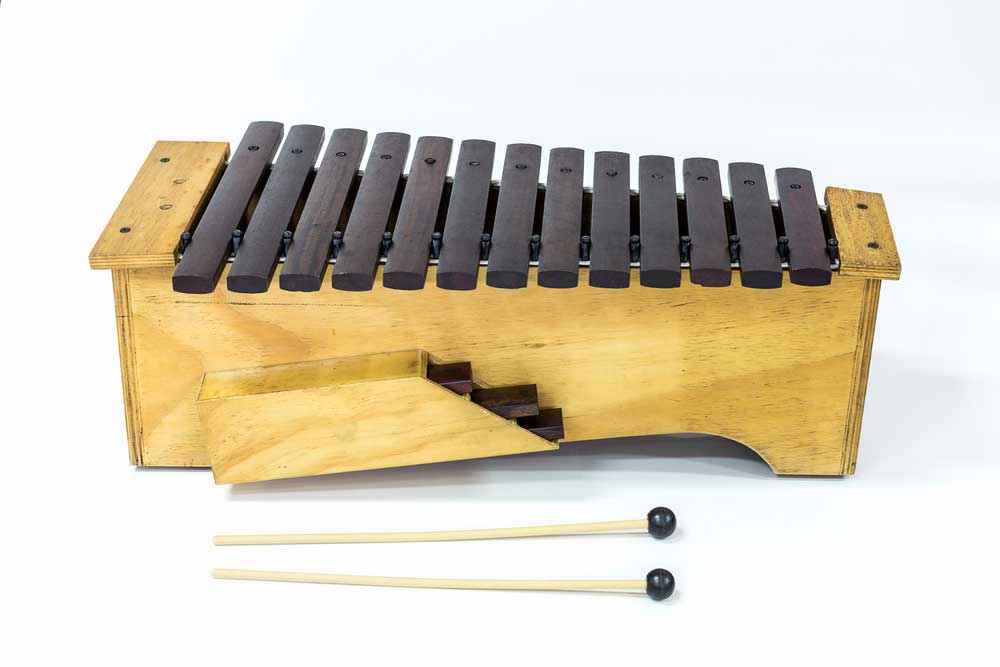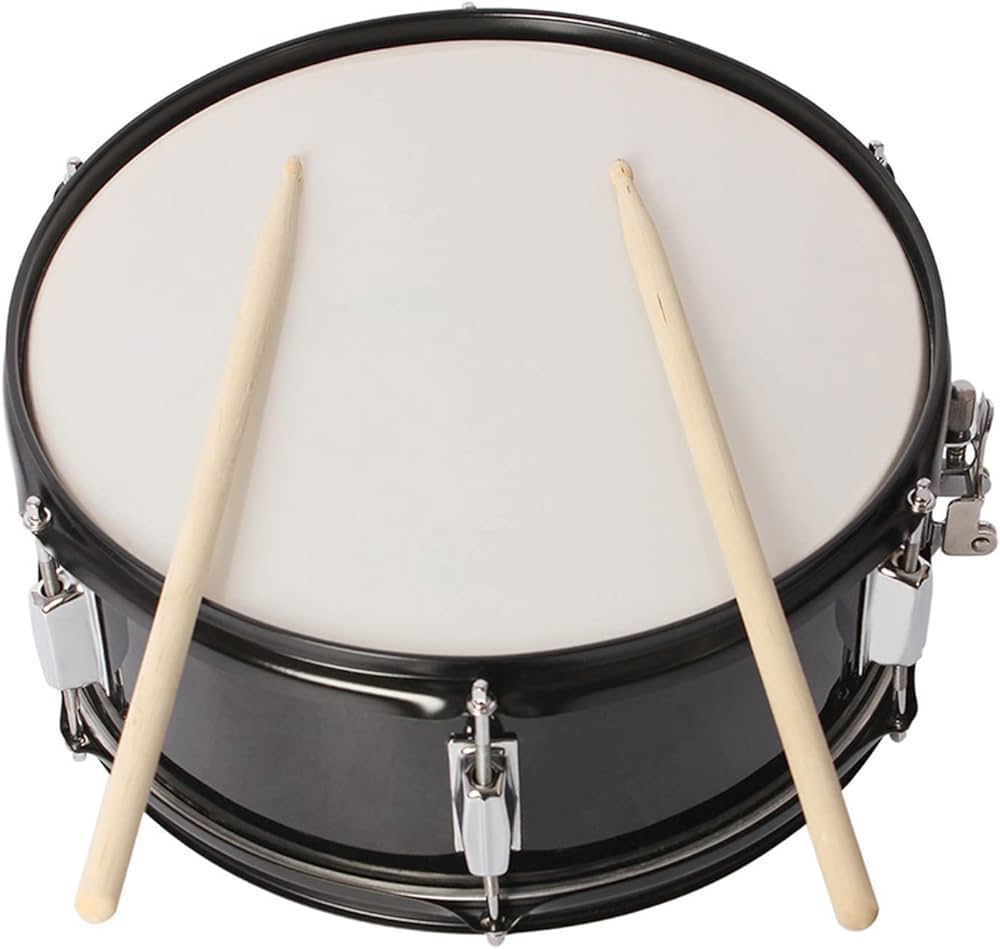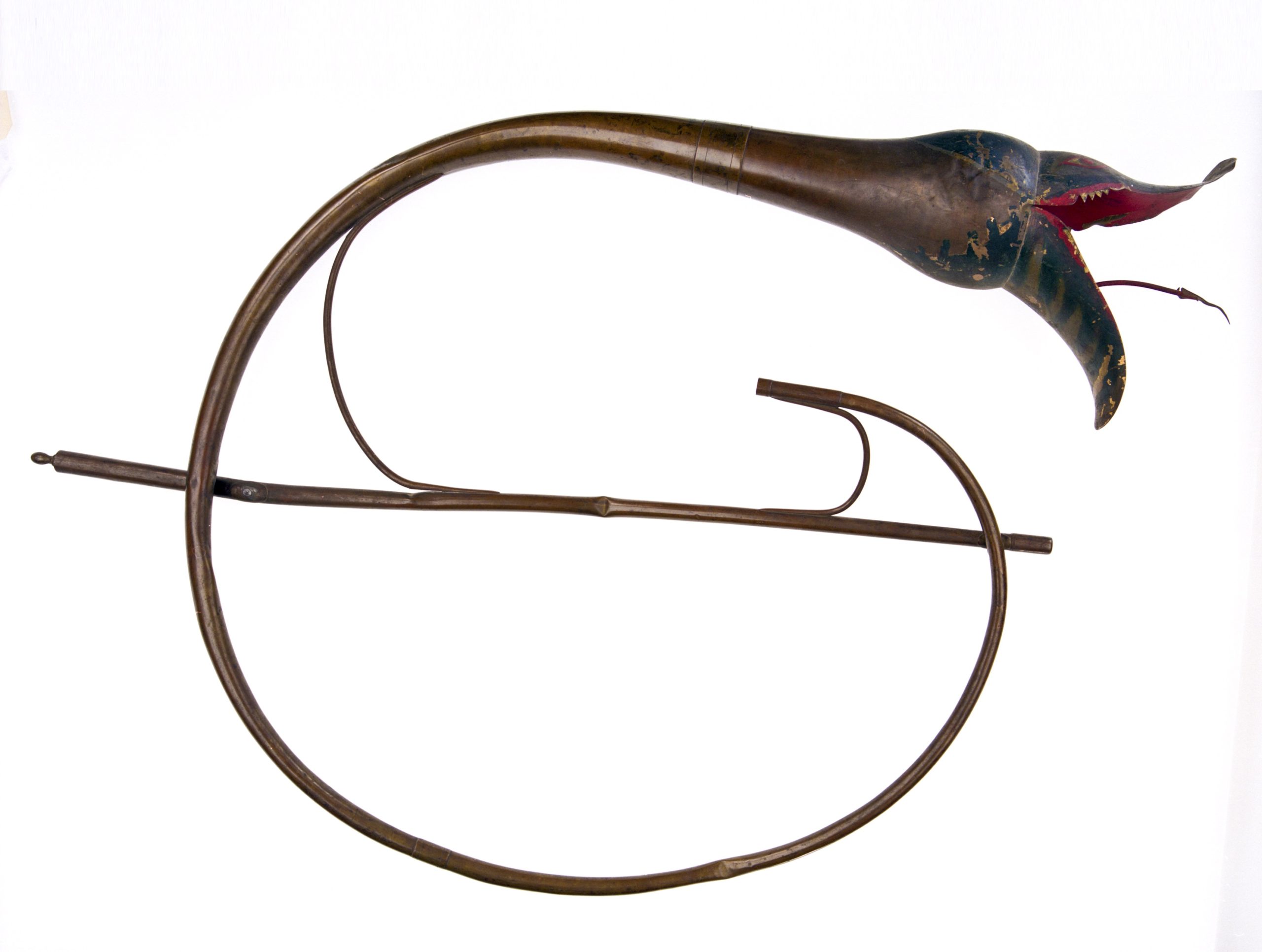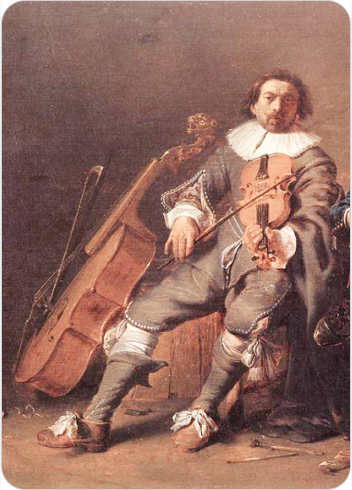Buccina
Brass Winds
Europe
Ancient
Video
The buccina, also known as bucina or buccin, is a brass wind instrument that played a significant role in ancient Roman culture, particularly within the military. Its name derives from the Latin word bucca, meaning “cheek,” reflecting the instrument’s reliance on lip vibration to produce sound. The buccina’s design is characterized by its long, narrow cylindrical tube, typically measuring between 11 to 12 feet in length. T
his tube is bent into a broad “C” shape, with a cup-shaped mouthpiece at one end and a flared bell at the other. A crossbar is positioned across the curve of the instrument, allowing the player to grip and stabilize it while performing. The bell of the buccina curves over the player’s head or shoulder, reminiscent of modern brass instruments like the helicon. The buccina’s sound is produced by lip vibration against the mouthpiece, creating a series of harmonic tones. Its tonal range is relatively limited compared to modern brass instruments, but it was highly effective for its intended purposes. The instrument’s robust and resonant sound made it ideal for outdoor use, particularly for signaling in military contexts. Despite its simplicity, the buccina’s design and acoustics laid the groundwork for later brass instruments such as the trumpet and trombone.
Type of Instrument
The buccina belongs to the family of brass wind instruments and falls under the Hornbostel-Sachs classification 423.22, which identifies it as a sliding aerophone sounded by lip vibration. This classification highlights its reliance on air pressure and lip tension to produce sound. While it shares similarities with other brass instruments like the cornu and tuba, the buccina is distinct in its construction and usage. Unlike modern brass instruments that often feature valves or slides for altering pitch, the buccina relies solely on natural harmonics. This limitation confines it to a specific set of notes, but these were sufficient for its primary function as a signaling device. The buccina’s design emphasizes durability and portability, making it well-suited for military use in diverse environments.
History of the Buccina
The buccina has its origins in ancient Rome, where it was used extensively in military settings. Its history dates back to at least the first century BCE, making it one of the earliest documented brass instruments. The instrument’s design was likely influenced by earlier wind instruments made from animal horns or shells, such as the Greek salpinx. Over time, Roman craftsmen refined these designs into more durable forms using bronze or other metals. The buccina played a vital role in Roman military operations. It was used to signal various commands, such as changing formations, initiating attacks, or announcing night watches. Specific signals were associated with different times of day or military actions, ensuring clear communication across large groups of soldiers. The instrument was also used during ceremonial events and public gatherings, further cementing its cultural significance. While primarily associated with Rome, the buccina’s influence extended beyond Italy as Roman culture spread throughout Europe and parts of North Africa and Asia Minor. Its use in military contexts ensured that it became a familiar sight in Roman-occupied territories. Archaeological evidence of buccinas has been found in regions as diverse as Britain and Egypt, highlighting its widespread adoption.
With the fall of the Roman Empire in the fifth century CE, the use of the buccina declined. However, its legacy persisted in medieval Europe through similar instruments like the busine and early forms of trumpets and horns. During the French Revolution in the late 18th century, there was a brief revival of interest in ancient Roman culture, including its musical traditions. The buccina was reimagined alongside other historical instruments like the tuba curva, though these revivals were short-lived.
Types of Buccinas
While historical records do not indicate significant variations in buccina design during ancient times, there are references to different types based on their usage or context:
Military Buccinas: These were standard-issue instruments used by Roman soldiers for signaling commands.
Ceremonial Buccinas: Similar in design but possibly more ornate, these were used during public events or religious ceremonies.
Revived Buccinas: During their brief revival in Revolutionary France, some variations incorporated modern elements while retaining their historical aesthetic.
Construction and Design
The construction of a traditional buccina reflects both functionality and aesthetic simplicity. The instrument’s primary material was bronze or another durable metal capable of withstanding extensive use in outdoor settings. Early versions may have incorporated natural materials like shells or animal horns before transitioning to metal for improved durability. The tube of the buccina is narrow and cylindrical, measuring approximately 3.4 to 3.7 meters (11 to 12 feet) when fully extended. This length allows for a deep and resonant sound while maintaining portability. The tube is bent into a broad “C” shape, which not only enhances its acoustic properties but also makes it easier to carry and play. A key feature of the buccina’s design is its crossbar, which spans across the curve of the instrument. This bar provides stability during performance, enabling players to hold and maneuver the instrument effectively. The mouthpiece is cup-shaped, similar to those found on modern brass instruments like trumpets and trombones. This design facilitates lip vibration and sound production. The bell of the buccina flares outward at one end, amplifying its sound projection. This feature was particularly important for military use, as it ensured that signals could be heard over long distances or amidst battlefield noise.
Characteristics
The buccina is characterized by several distinct features that set it apart from other ancient wind instruments:
Acoustic Properties: Its long tube length and flared bell produce a deep, resonant sound capable of carrying over large distances.
Limited Pitch Range: As a natural harmonic instrument without valves or slides, its pitch range is restricted to specific notes within its harmonic series.
Durability: Constructed from robust materials like bronze, it was designed to withstand harsh conditions.
Portability: Despite its size, its curved shape and crossbar make it relatively easy to carry.
Cultural Significance: Beyond its practical uses, it held symbolic importance as an emblem of Roman authority and organization.
Playing Techniques and Sound Modifications
The buccina, a brass wind instrument extensively used in ancient Rome, was played using a cup-shaped mouthpiece. The performer would vibrate their lips against the mouthpiece to produce sound, a technique similar to that used for modern brass instruments like the trumpet and trombone. The cylindrical bore of the buccina allowed for a range of harmonic tones, comparable to the French horn and trumpet. Its design, with the tube bent into a broad “C” shape, required players to grasp a bar across the curve to steady the instrument during performance. This physical support was crucial for maintaining control over the sound and ensuring consistent tonal quality. Sound modifications were achieved through lip tension and airflow control, enabling players to produce different pitches within its harmonic series. The buccina’s limited range of notes made it ideal for signaling rather than melodic compositions. In military applications, specific signals like classicum were used to convey orders or mark night watches. These signals relied on distinct patterns rather than complex musical phrasing.
Applications in Music
The buccina’s primary application was as a signaling instrument in the Roman army. It was used to announce night watches, summon soldiers, and convey commands during battles or military exercises. Its loud and penetrating sound made it effective for communication across large distances or amidst noisy environments. In later periods, the buccina found limited use in ceremonial music. For example, François Joseph Gossec revived the instrument during the French Revolution for compositions celebrating national events. Ottorino Respighi also referenced the buccina in his orchestral works Pini di Roma and Feste Romane, although he substituted it with modern instruments like saxhorns or flugelhorns due to its historical obscurity. These adaptations highlight its cultural significance as an emblem of ancient Rome rather than its practical use in contemporary music.
Most Influential Players
The buccina was primarily played by buccinators or trumpeters in the Roman army. These individuals were responsible for sounding signals that coordinated military operations. While specific names of ancient players are not documented, their role was critical in ensuring discipline and communication within Roman camps. In modern times, figures like François Joseph Gossec contributed to its revival during the French Revolution, using it symbolically to evoke Roman grandeur. Jacques-Louis David’s research on Roman instruments further influenced its rediscovery and adaptation in Revolutionary France. These efforts preserved the legacy of the buccina as an important historical artifact.
Maintenance and Care
The buccina’s construction from bronze or other durable materials ensured its longevity, but proper maintenance was essential for optimal performance. Regular cleaning of the narrow cylindrical bore prevented blockages that could affect sound production. The cup-shaped mouthpiece required particular attention to remove moisture buildup from prolonged use. Careful handling of the curved tube was necessary to avoid damage or deformation, which could compromise its acoustic properties. The bar across the curve provided structural support but needed periodic inspection to ensure stability during play. Modern replicas of the buccina may require additional care due to differences in material composition compared to ancient models.
Cultural Significance
The buccina holds significant cultural importance as an emblem of ancient Roman military prowess and organization. Its use in signaling reflected the disciplined structure of Roman armies, where communication was vital for success in campaigns and battles. The instrument’s association with night watches and commands symbolizes vigilance and authority.Beyond its military role, the buccina served as a representation of Roman engineering and artistry. Its design inspired later brass instruments like trumpets and trombones, establishing a foundational link in the evolution of Western musical instruments. The German word for trombone, Posaune, is linguistically derived from buccina, underscoring its lasting influence.
During the French Revolution, the revival of the buccina alongside other Roman instruments highlighted its symbolic value as a connection to classical antiquity. This resurgence reflected Revolutionary ideals that sought inspiration from Rome’s republican heritage. Today, historical studies and artistic representations continue to celebrate the buccina as a testament to Rome’s cultural legacy.
In conclusion, while primarily a utilitarian instrument in ancient Rome, the buccina’s impact extends into modern music history and cultural identity through its symbolic revival and influence on brass instrument development.
FAQ
What is the history of the Buccina?
The Buccina was an ancient Roman brass instrument used for military and ceremonial purposes. It dates back to the Roman Republic and was primarily used to signal commands in battle. The instrument influenced later brass horns, including the modern bugle. Its design varied, but it often had a curved or straight tube with a bell.
What materials were used to construct the Buccina?
The Buccina was typically made of bronze or brass, though earlier versions may have used animal horns. The metal construction allowed for greater resonance and durability. Some models were ornately decorated, particularly those used in ceremonies. Its long, curved shape contributed to its distinct, commanding sound.
How was the Buccina used in Roman society?
The Buccina had both military and civic uses in Roman society. In the army, it signaled troop movements, battle formations, and night watches. In public events, it was played during gladiatorial games and processions. The Buccina's deep, resonant tones made it an effective tool for large-scale communication.
 Links
Links
References
Other Instrument
Categories

